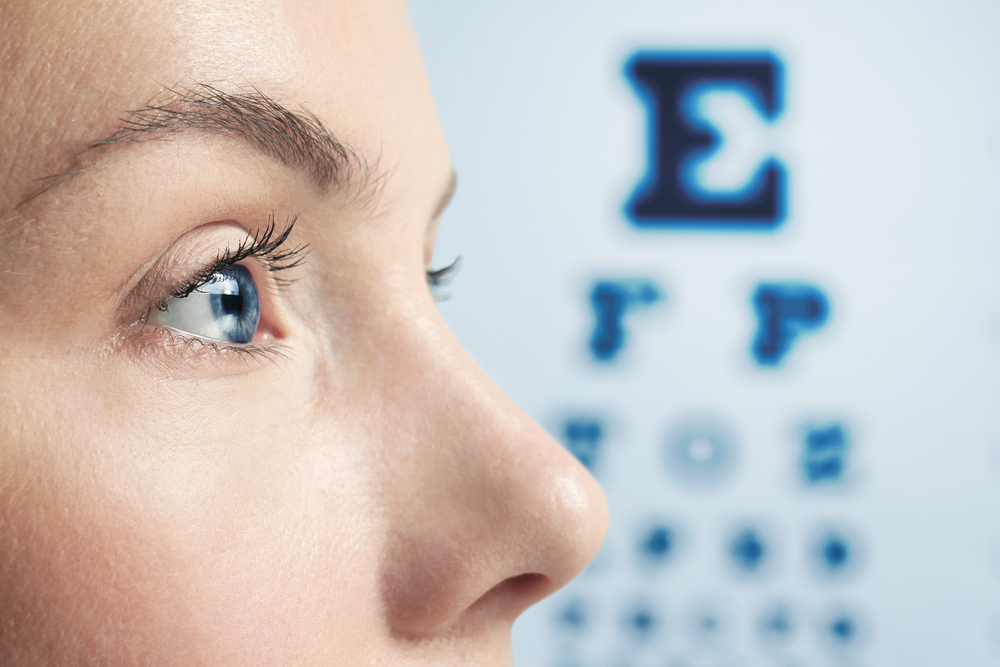It is not possible for a person to understand lazy eye on his own. The complete explanation of amblyopia, commonly known as lazy eye, is that a person cannot see 100 percent even with glasses or contact lenses. Some people have bad eyesight, but when they wear glasses, they can provide 100 percent vision. It’s not called lazy eye. Lazy eye is a 100 percent inability to see despite the apparatus provided to see. Apparatus provides 10, 50, 60, 70 percent benefit but cannot increase one’s vision to 100 percent. The explanation of this situation is lazy eye.
The most common type of lazy eye is congenital lazy eye. Congenital lazy eye develops due to high hyperopia. Because the eye disorder called hyperopia is a congenital eye disorder. Babies born with hypermetropia see blurred, but most of the time parents do not realize this and because of the blurred images leading to the brain, the lazy in the visual center of the brain develops lazy eye. However, since the child is already born like this, he cannot know that this is not normal.
The brain is where people see it. Vision occurs in the visual center of the brain. The eye is actually an intermediate organ. It takes images from the outside world, turns them into signals and sends them to the brain. As a result, vision occurs in the brain. Therefore, the lazy eye is taking place in the brain. For all these reasons, the treatment of lazy eye could not be done until today. The healthy eye was closed until the age of 7 years and the other eye was intended to work more. However, these treatments were not very effective. After the age of 7, the treatment of lazy eye was not possible.
Lazy eye is a common problem, although not often. The reason it is not often expressed is that people with lazy eyes are not aware of it. Since this is an innate problem, they think it is actually like that. For example, one eye sees 40 percent, the other 100 percent.
People Identified as Clumsy may Have Lazy Eye!
For example, because of the 40% seeing eye, these people are unable to perform certain tasks correctly. This is because the missing vision in one eye is a loss of three-dimensional vision in space. This loss forces people to know at what distance an object is coming from the road while playing sports or driving, or they have difficulty holding a cup of tea in the air, catching something. These people are often thought to be clumsy because of the loss in this sense of 3-D vision. In fact, because the brain cannot see in 3D, they cannot keep things right or they can knock them over.
Lazy Eye Has Become Curable until The Age of 55!
Until now, it was thought that the brain development process was completed at the age of 7 and it was thought that there was no treatment for lazy eye. However, thanks to developing technologies, eye laziness can be treated at a certain rate until the age of 55, and visual acuity can be increased by 30-40 points after treatment. Accordingly, thanks to developing new technologies, a person who sees 50 percent because of lazy eye can see up to 80-90 percent.
In the treatment of lazy eye, virtual reality glasses called 3D glasses are used. People play games with these glasses through specially written programs. It takes about half an hour. It’s been going on for two months. At the end of these 2 months there is a permanent increase in vision by 30-40 percent. This is a very important development because to date this has not been possible. Since the brain is much better stimulated with 3-dimensional vision, they are now at least 30-40 percent gain.

